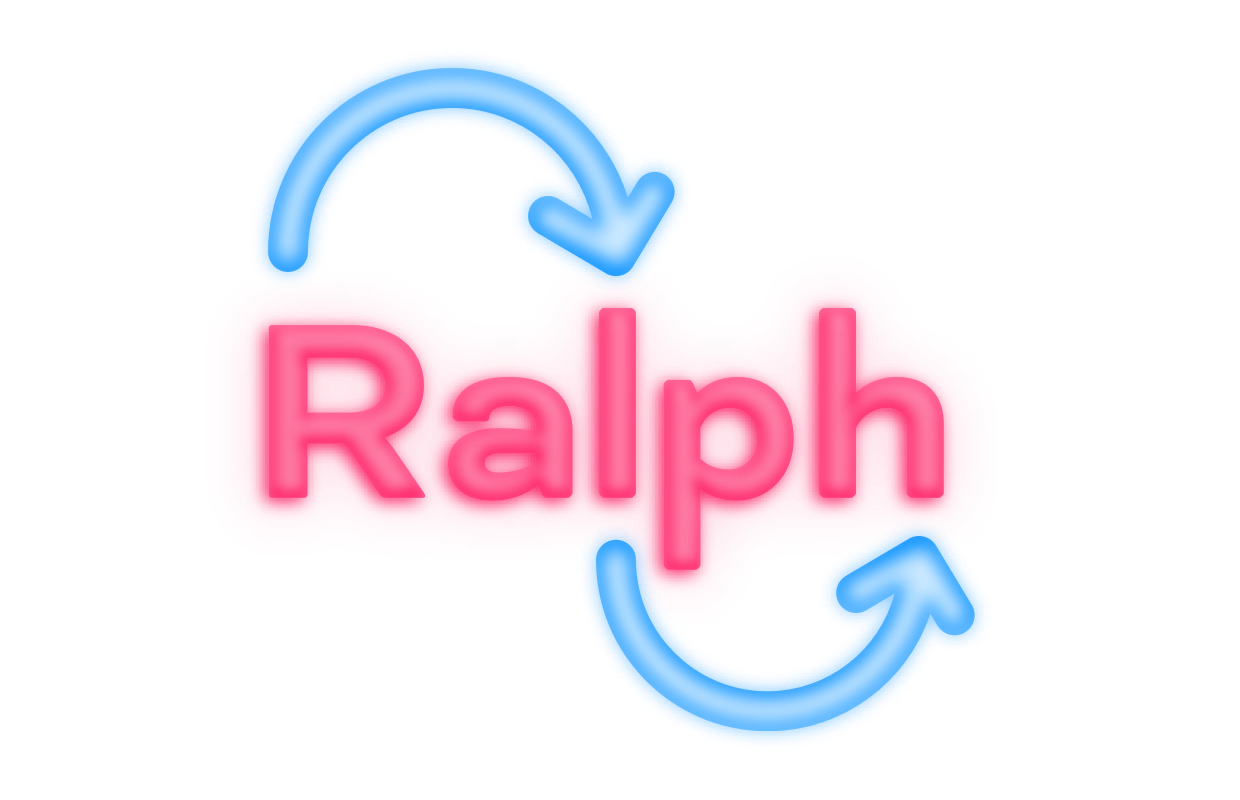Ralph, the ultimate Learning Record Store (and more!) for your learning analytics
Documentation: https://openfun.github.io/ralph
Source Code: https://github.com/openfun/ralph
Ralph is a toolbox for your learning analytics, it can be used as a:
- LRS, a HTTP API server to collect xAPI statements (learning events), following the ADL LRS standard
- command-line interface (CLI), to build data pipelines the UNIX-way™️,
- library, to fetch learning events from various backends, (de)serialize or convert them from and to various standard formats such as xAPI, or openedx html
Preliminary notes:
curl,jqanddocker composeare required to run some commands of this tutorial. Make sure they are installed first.In order to run the Elasticsearch backend locally on GNU/Linux operating systems, ensure that your virtual memory limits are not too low and increase them (temporally) if needed by typing this command from your terminal (as
rootor usingsudo):sysctl -w vm.max_map_count=262144Reference: https://www.elastic.co/guide/en/elasticsearch/reference/master/vm-max-map-count.html
To bootstrap a test environment on your machine, clone this project first and
run the bootstrap Makefile target:
make bootstrapThis command will create required .env file (you may want to edit it for your
test environment), build the Ralph's Docker image and start a single node
Elasticsearch cluster via Docker compose.
You can check the elasticsearch service status using the status helper:
make status # This is an alias for: docker compose psYou may now start the LRS server using:
make runThe server should be up and running at http://localhost:8100. You can check its status using the heartbeat probe:
curl http://localhost:8100/__heartbeat__The expected answer should be:
{"database":"ok"}If the database status is satisfying, you are now ready to send xAPI statements to the LRS:
gunzip -c data/statements.json.gz | \
head -n 100 | \
jq -s . | \
curl -Lk \
--user ralph:secret \
-X POST \
-H "Content-Type: application/json" \
-d @- \
http://localhost:8100/xAPI/statements/The command above fetches one hundred (100) example xAPI statements from our
Potsie project and sends them to the LRS
using curl.
You can get them back from the LRS using curl to query the
/xAPI/statements/ endpoint:
curl -s \
--user ralph:secret \
-H "Content-Type: application/json" \
http://localhost:8100/xAPI/statements/ \ |
jqNote that using
jqis optional in this case, it is used to improve response readability. It is not required to install it to run this snippet.
Ralph is distributed as a Docker image. If Docker is installed on your machine, it can be pulled from DockerHub:
docker run --pull always --rm fundocker/ralph:latest ralph --helpRalph is distributed as a standard python package; it can be installed via
pip or any other python package manager (e.g. Poetry, Pipenv, etc.):
# Install the full package
pip install \
ralph-malph[full]
# Install only the core package (library usage without backends, CLI and LRS)
pip install ralph-malphIf you installed the full package (including the CLI, LRS and supported
backends), the ralph command should be available in your PATH. Try to
invoke the program usage thanks to the --help flag:
ralph --helpYou should see a list of available commands and global flags for ralph. Note
that each command has its own usage that can be invoked via:
ralph COMMAND --helpYou should substitute
COMMANDby the target command, e.g.list, to see its usage.
Some major version changes require updating persistence layers. Check out the migration guide for more information.
This project is intended to be community-driven, so please, do not hesitate to get in touch if you have any question related to our implementation or design decisions.
We try to raise our code quality standards and expect contributors to follow the recommendations from our handbook.
You can explore all available rules using:
make helpbut here are some of them:
- Bootstrap the project:
make bootstrap - Run tests:
make test - Run all linters:
make lint - If you add new dependencies to the project, you will have to rebuild the Docker
image (and the development environment):
make down && make bootstrap
This work is released under the MIT License (see LICENSE).






